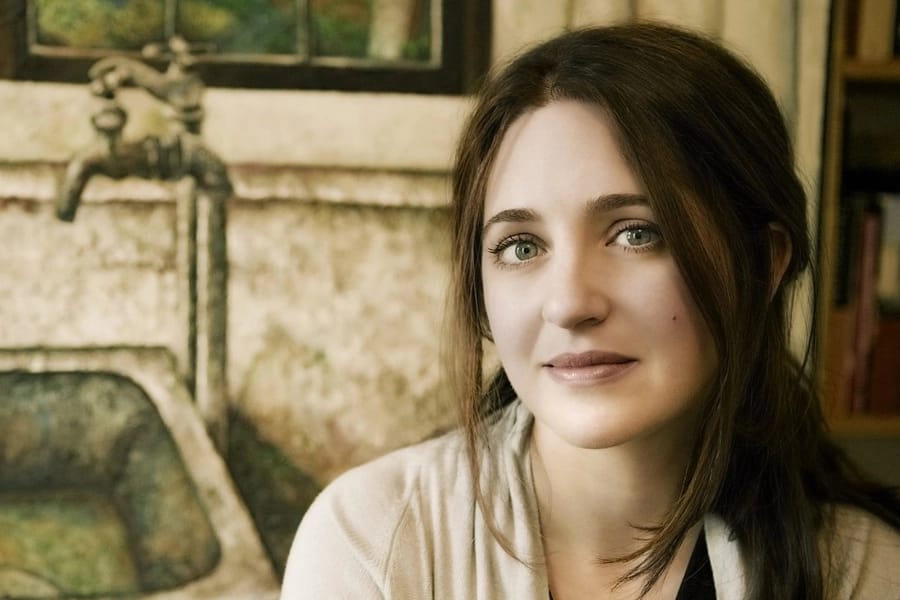
Since she burst onto the classical music world with her self-produced recording of the Goldberg Variations, pianist Simone Dinnerstein has been been known as someone with a deep understanding of Bach’s works. This week, she returns to play with New Century Chamber Orchestra for the first time as their Artist-in-Residence this season, leading them in a concert of Bach Keyboard Concertos this Thursday through Sunday.
There’s more information about the performances at the New Century Chamber Orchestra website.
She says each of the concertos has a very distinctive personality. “I find it hard to articulate these things in words. I think of sound as a very particular expression. I can hear it in my head, so my inner ear has an image – of a very particular character. There’s a kind of heaviness, or darker, very dark wood quality to the D-minor, and the F-minor has a kind of swing to it that is really not in the other concertos. There’s something very… almost like a precursor of jazz in it, down to the walking bass line in the second movement. But also in the syncopation in the other movements, and the kind of swing that it has.” She says the E-Major concerto (as works in that key often did in Bach’s day) express a lightness and joy, and that the Brandenburg Concerto No. 5 hints at minimalism in its concentrated repetition. The residency, she says, means that she’ll have a chance to work with the NCCO players quite a bit this year. In January, she’ll play the Beethoven Triple Concerto with Music Director Daniel Hope on violin, and Lynn Harrell on cello. She played with the ensemble last in the spring of 2018. “It’s so unusual to be able to be given that opportunity to work with the same group of musicians again so soon, and they’re such great chamber music players. They’re really open, and they’re game to try anything.” She says she enjoys seeing music through the eyes of string players, because their relationship to the bow as a way of phrasing is so different from that of a pianist. “We come to these moments where they’re like ‘Well, but… but it’s written for the bow to do this…’ And I’m thinking, ‘well actually, It’s not written for the bow to do that. It’s written for the music to go in this way, and maybe your bow’s going to have to do something else in order to get you there. But I love that – this kind of learning from them, and them learning something different from me as well.”







